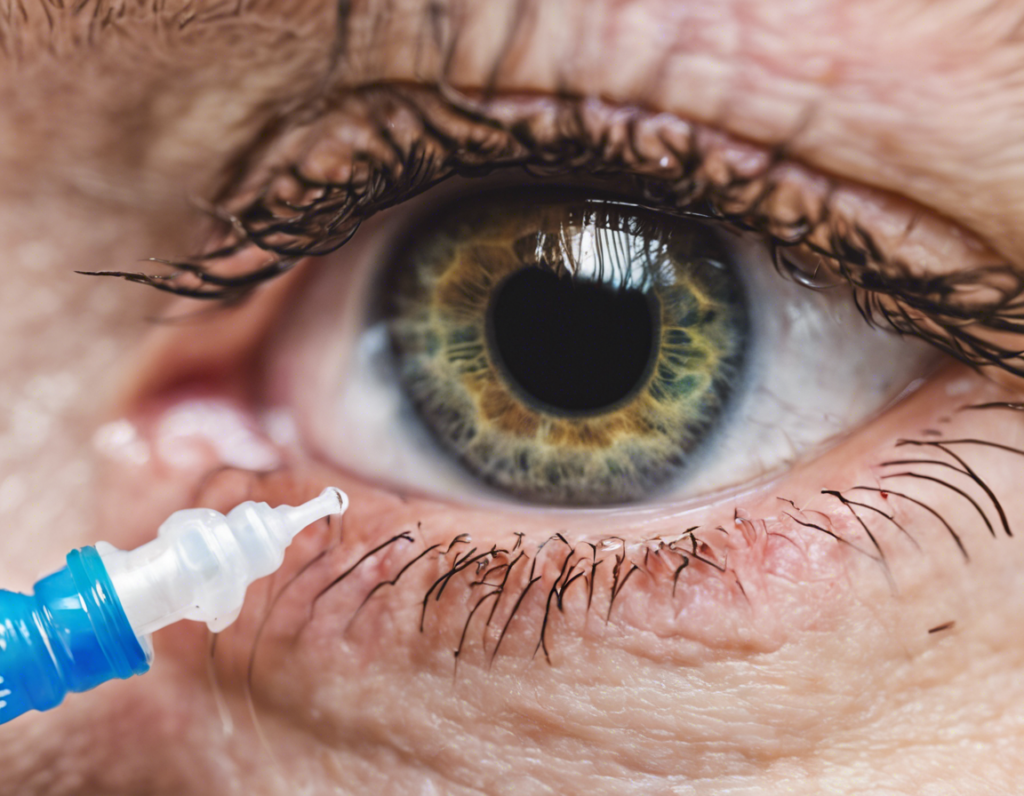Introduction
Eye flu, also known as viral conjunctivitis, is a highly contagious infection that affects the clear layer covering the white of the eye and the inner surface of the eyelids. It is caused by a variety of viral pathogens, including adenovirus, herpes simplex virus, and enterovirus. Symptoms of eye flu include redness, itching, tearing, and discharge from the eyes.
Preventing Eye Flu
Maintaining Good Hygiene: Proper hygiene is crucial in preventing the spread of viral conjunctivitis. Wash your hands frequently with soap and water, avoid touching your eyes, and refrain from sharing towels or pillows with others.
Avoiding Contact: If you or someone close to you has eye flu, avoid close contact to prevent the spread of the infection. This includes avoiding shared items such as makeup, eye drops, and contact lenses.
Using Protective Eyewear: If you are in a situation where you are at risk of exposure to viral conjunctivitis, such as a healthcare setting, consider wearing protective eyewear to reduce the risk of infection.
Treating Eye Flu with Eye Drops
Antibiotic Eye Drops: In cases where a bacterial infection is suspected or present alongside viral conjunctivitis, antibiotic eye drops may be prescribed to help clear the infection. However, antibiotic eye drops are not effective against viral infections.
Antiviral Eye Drops: For severe cases of viral conjunctivitis, antiviral eye drops may be prescribed to help reduce the severity and duration of the infection. These eye drops work by targeting the viral pathogens causing the infection.
Anti-Inflammatory Eye Drops: Inflammation is a common symptom of eye flu, leading to discomfort and redness. Anti-inflammatory eye drops can help alleviate these symptoms and promote faster healing of the eyes.
Natural Remedies: Some people may opt for natural remedies to treat eye flu, such as using tea tree oil or chamomile eye drops. While these remedies may provide some relief, it is essential to consult a healthcare professional before using them to ensure they are safe and effective.
Precautions when using Eye Drops
Follow Instructions: Always follow the instructions provided by your healthcare provider or the manufacturer when using eye drops. This includes the dosage, frequency, and duration of use.
Avoid Contamination: To prevent the spread of infection, do not touch the tip of the eye drop container to your eye or any other surface. Wash your hands before and after applying the drops.
Discard Expired Eye Drops: Check the expiration date of your eye drops and discard them if they are past their expiry date. Using expired eye drops can lead to ineffective treatment or potential harm to your eyes.
Seek Medical Advice: If your symptoms do not improve or worsen after using eye drops, seek medical advice from an eye care professional. They can provide a proper diagnosis and recommend alternative treatments if needed.
Frequently Asked Questions (FAQs)
1. Can I wear contact lenses if I have eye flu?
It is advisable to avoid wearing contact lenses if you have eye flu, as they can exacerbate the infection and prolong the healing process. Switch to glasses until the infection clears up.
2. Can children use the same eye drops as adults for treating eye flu?
Children may require different formulations or dosages of eye drops compared to adults. It is essential to consult a pediatrician or eye care professional before using any eye drops on children.
3. Are over-the-counter eye drops effective for treating eye flu?
Over-the-counter eye drops may provide relief for mild cases of eye flu, but they are not a substitute for prescription medications. Consult a healthcare professional for a proper diagnosis and treatment plan.
4. How long does it take for eye drops to start working for eye flu?
The effectiveness of eye drops in treating eye flu varies depending on the severity of the infection and the type of eye drops used. Some individuals may experience relief within a few days, while others may take longer to see improvement.
5. Can I use eye drops from a previous infection for treating a new case of eye flu?
It is not recommended to reuse eye drops from a previous infection, as they may be contaminated and could worsen the current infection. Always use fresh, unopened eye drop containers for each new case of eye flu.
In conclusion, preventing and treating eye flu with eye drops involves practicing good hygiene, using the appropriate eye drops as prescribed, and seeking medical advice if needed. By following these guidelines and precautions, you can effectively manage eye flu and promote faster healing of the eyes.
